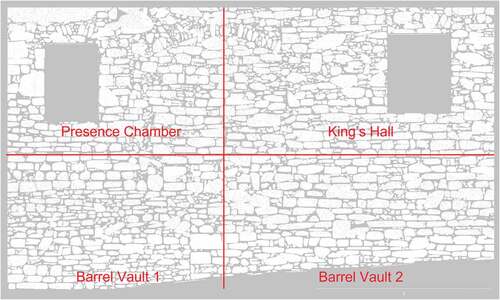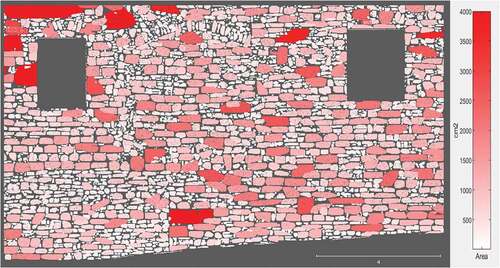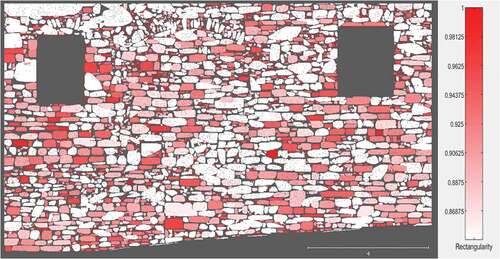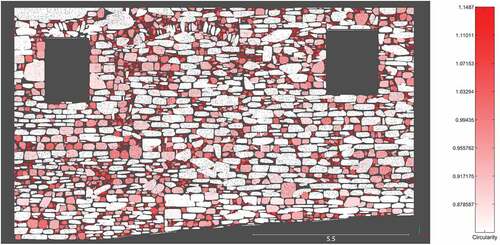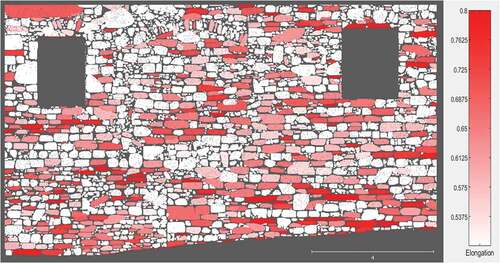Figures & data
Table 1. Interpretative elements aiding the identification of change in masonry (UK ICOMOS 1990, 73).
Figure 2. Automated segmentation of individual stones and mortar regions in an example masonry wall. a) Segmented stones in the 3D point cloud; b) Binary orthoimage obtained after the projection of the segments on the wall plane. Note that, in this work, the metric dimension of a pixel equals 1 cm.
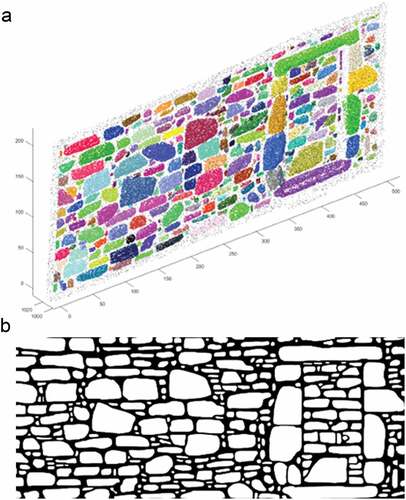
Table 2. Stone architectural features measured automatically by the proposed tools and their value to architectural interpretation.
Figure 4. Historic ground and first floor plans of Linlithgow Palace with ‘Region of Interest’ (ROI, see ) indicated to left hand side wall highlighted in red. RCAHMS (Canmore archive) (note that Chalmer was old Scots for Chamber).
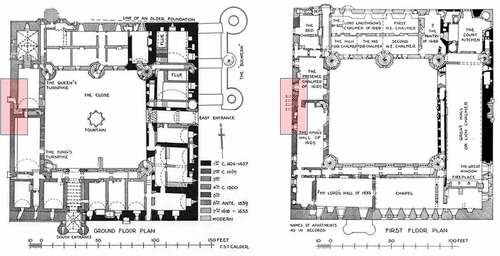
Figure 6. West Elevation to Linlithgow Palace with applied automatic masonry segmentation. The ROI highlighted in green in shown enlarged.
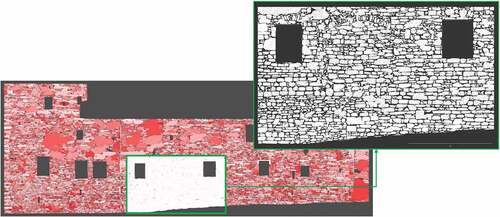
Table 3. Visual survey description of masonry and architectural arrangement for focussed area of investigation.




